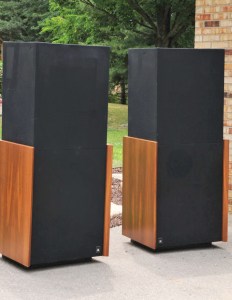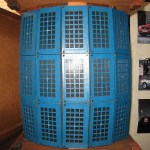More of the Music of Cat Stevens
In response to a customer’s letter, I wrote the following a few years back:
The vast majority of audiophiles never get to the higher levels of audio because of the compromises they make with every step: in their rooms, speakers, wires and practically everything else.
Speakers too small, shoved up against a wall, in an untreated room that the family uses to watch TV in? You won’t get very far that way.
Some of the worst off of these folks end up with a collection of crap heavy vinyl because their systems won’t let them hear how much better their vintage pressings are.
Better Electricity Made All the Difference
When we moved the business into an industrial park a few years ago, I took the opportunity to build the largest playback studio I could fit on the premises. It was 17 by 22 with a 12 foot high ceiling, with a concrete slab floor and six inch thick double drywall for walls, as well as a complicated system of dedicated electrical circuitry.
It took a surprising amount of work carried out over months to get it to sound right. Day after day we ran experiments. Most of the time it was just me. I actually like working alone. It’s not hard for me to stay focussed.
Oddly enough, what made the biggest difference was getting the electricity right: computers and cleaning machines on isolation transformers, stuff unplugged, stuff left plugged in that made the sound better, lights hooked up to batteries rather than plugged in to the main circuits, etc.
Over the course of about two month, the sound became night and day better.
More on unplugging here. Also, Robert Brook has done a great deal of work along these lines, which he explains in detail here.
This kind of work is not hard for me. We’ve been doing it for decades, but we have a very big advantage over everyone else: we have good sounding records to test with.
We have Hot Stampers! The records are correct. If they sound wrong, it’s not their fault. They are almost never the problem.
I used But I Might Die Tonight from Tea for the Tillerman for weeks and weeks. It was very difficult to get all the parts right, but in the end it was more glorious than I had ever heard it. I wrote an extensive commentary on the experience I went through which you can read all about here.
A key excerpt:
We initially thought the room was doing everything right, because our go-to test disc, Bob and Ray, sounded super spacious and clear, bigger and more lively than we’d ever heard it. That’s what a 12 foot high ceiling can do for a large group of musicians playing live in a recording studio, in 1959, on an All Tube Chain Living Stereo recording. The sound just soared.
But Cat Stevens wasn’t sounding right, and if Cat Stevens isn’t sounding right, we knew we had a problem that needed to be solved, and fast.
Nothing could be harder than building a killer system in a room big enough to let it blast away.
The long road ahead is an expensive one, but I’ve always been of the belief that the money you spend on audio — if you do it right — rewards you a hundred times over in pure listening pleasure, and it does so for as long as you live, which I hope is many more decades to come.
Further Reading
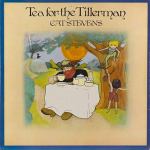
 One of our good customers has a blog which he calls
One of our good customers has a blog which he calls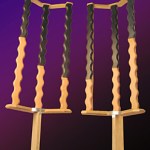
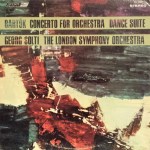

 There is a blast of brass at the end of Catacombs that is so big and real, it makes you forget you’re listening to a recording. You hear every brass instrument, full size, full weight. I still remember the night I was playing the album, good and loud of course, when that part of the work played through. It was truly startling in its power.
There is a blast of brass at the end of Catacombs that is so big and real, it makes you forget you’re listening to a recording. You hear every brass instrument, full size, full weight. I still remember the night I was playing the album, good and loud of course, when that part of the work played through. It was truly startling in its power.  Production and Engineering
Production and Engineering
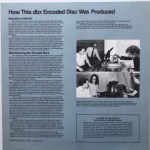


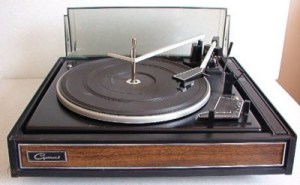 Inner Groove Distortion caused by the non-anti-skate-equipped turntables of the day is a chronic problem with rock and pop records from this era. We check all our records for Inner Groove Damage (IGD) as a matter of course when condition checking the surface quality of the vinyl.
Inner Groove Distortion caused by the non-anti-skate-equipped turntables of the day is a chronic problem with rock and pop records from this era. We check all our records for Inner Groove Damage (IGD) as a matter of course when condition checking the surface quality of the vinyl.